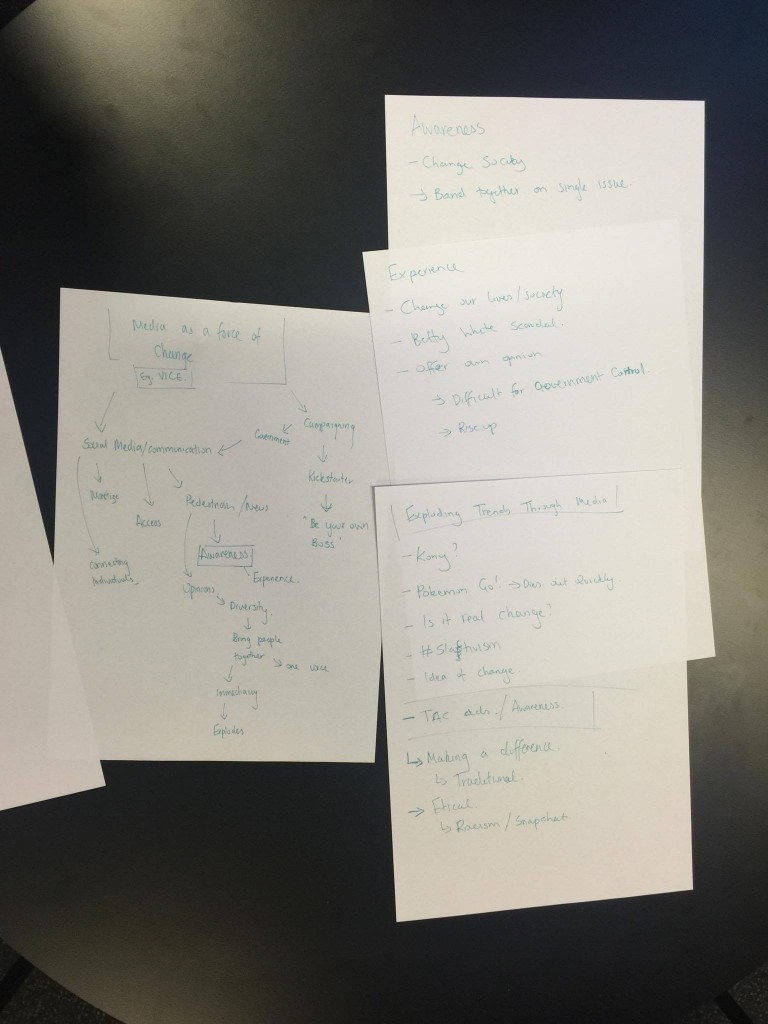Newport’s chapter discusses the craftsman’s mindset – a focus on what value you’re producing in your job, and the passion mindset – a focus on what value your job offers. It’s argued that the craftsman’s mindset provides a greater deal of success as it forces you to work to your full potential and invest your effort and time into producing good content. On the flip side, the passion mindset is a more passive approach, waiting for the world to provide opportunity to achieve your goals thus bringing disappointment when this requirement isn’t met.
It’s rather shameful to say, but I’ve always had a passion mindset for the majority of my life. While I read and saw many success stories I always believed that individuals would always “stumble” across their fame and good fortune. So when I began my three year university course, I didn’t think much about creating a blog or name for myself purely based on the idea that I would happen to collide with my calling. However as my final year dawned nearer and nearer I began to realise that producing content didn’t rely purely on me “getting lucky” but also on the effort and pride I poured into my work. I wasn’t going to naturally improve and grow, I needed to seek out my passions and craft. Hence, the craftsman’s mindset was something I grew into rather than pulled over my head like a sweater and as such I grew to become more driven with my projects.
However it is important to note that two opposing ends of the spectrum can be extremely perilous, working a job without passion is meaningless and to passionately work without a goal is useless. Ultimately I believe we should aim for a happy middle ground between the spectrums.
